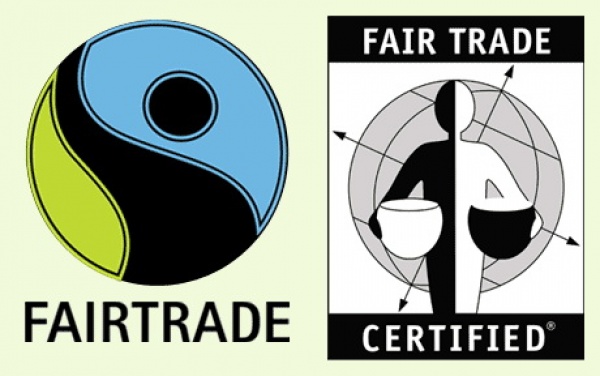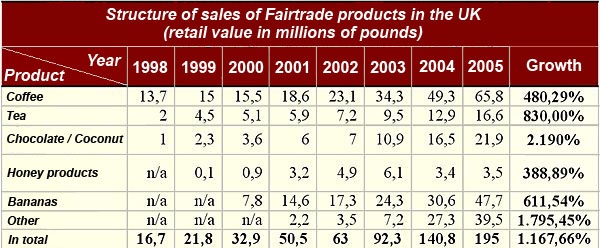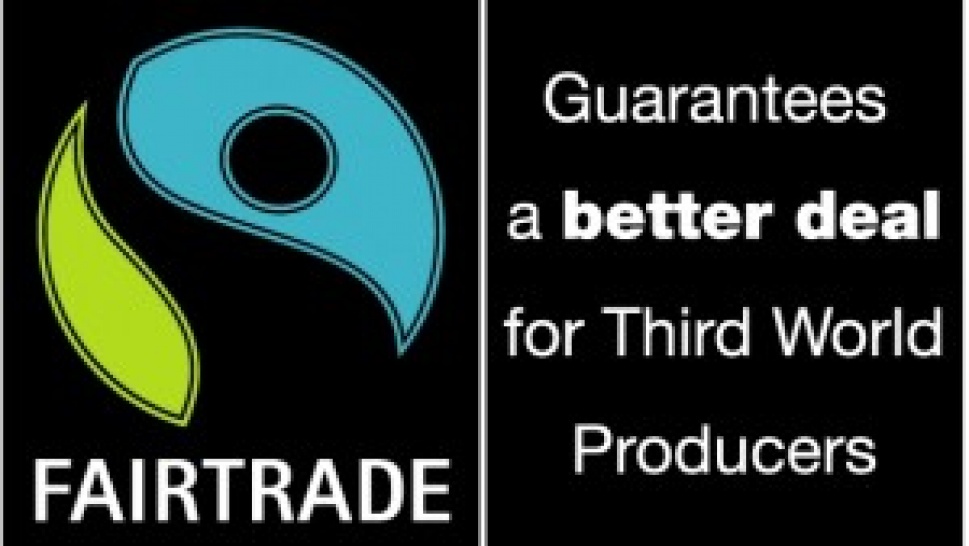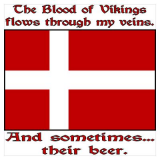Fair trade is organized by an international social movement that promotes socially responsible behavior in trade with producers in developing countries. The movement defines fair trade as a trading partnership based on dialogue, transparency and respect in order to increase mutual benefits of international trade.
History of fair trade
There are various versions and views on how the fair trade began. There are indications that the Fair Trade originated in Netherlands in 19th century, after the publication of the novel "Max Havelaar" (1860), in which the author Eduard Douwes Dekker blasted his country's colonial policy in the Dutch West Indies, leading to a strong pressure to establish fairer trade and better conditions for life in the colonies.
Though, by most sources, probably because of the dominance of English language, the rudiments of fair trade are associated with the USA and the year 1946. That year, Edna Ruth Byler, a volunteer in an American religious and charitable organization, visited the sewing schools established by her organization in Puerto Rico. Seeing the exceptional items made by women and difficult conditions in which they live, she came up with the idea of selling them in Pennsylvania. Thanks to the support of the organization, sales went well, and soon the first retail chain specialized in the sale of fair trade products was opened (ie. "Alternative trade" as it was then called). Chain grew rapidly, and today is known as the "Ten Thousand Villages" with over 160 stores across North America, of which 43 in Canada.
In Europe, the beginning of fair trade is linked to Oxfam which in the fifties of the last century began to distribute the products of Chinese refugees in its stores. At the same time a formal organizations appeared in the Netherlands, who were the originators of the first European chain of fair trade "World Shop". The first store of this chain was opened in 1969, and was called "Third World Shop". In the past four decades over 2,500 stores in 13 European countries were opened. Chain had a significant role in the development of organizations involved in fair trade, providing these organizations a remarkable economic power and good infrastructure for conducting awareness campaigns on the effects of trade and the benefits of fair trade.
 One of the key events in the development of fair trade was introduction of Fair Trade logo and certificate at the end of the eighties, which allowed its products also to be sold outside the fair trade on the shelves of the world's largest retailers. An interesting detail is that the project of introducing the logo and certificate was created by a priest in Mexico in collaboration with the Dutch church NGO. The first Fair trade logo was named by above mentioned novel - Max Havelaar and was introduced in 1988. In just one year since the introduction of the logo, the brand of coffee protected by it took over 3% of the Dutch market, becoming the first Fair Trade product that was able to compete with already established brands.
One of the key events in the development of fair trade was introduction of Fair Trade logo and certificate at the end of the eighties, which allowed its products also to be sold outside the fair trade on the shelves of the world's largest retailers. An interesting detail is that the project of introducing the logo and certificate was created by a priest in Mexico in collaboration with the Dutch church NGO. The first Fair trade logo was named by above mentioned novel - Max Havelaar and was introduced in 1988. In just one year since the introduction of the logo, the brand of coffee protected by it took over 3% of the Dutch market, becoming the first Fair Trade product that was able to compete with already established brands.
Goals of fair trade
From the definition of fair trade mentioned at the beginning, and the activities of the organizations that promote it can be concluded that fair trade has the following objectives:
-
improvement of living conditions of producers by facilitating access to markets of developed countries, strengthening producer organizations, paying a better price and continuity of trade relations;
-
promotion of development opportunities for disadvantaged groups of the population such as the original communities, indigenous people (in South America) and the protection of children from exploitation;
-
raising awareness among consumers about the consequences that producers in the third world are facing with because of free trade on a global scale dominated by large corporations, all with the aim on consumers to use their purchasing power to a positive end;
-
promotion of human rights, corporate social responsibility, environment-friendly technologies, and campaigns to change policies and practices in international trade.
Such objectives seem to have nothing in common with the business goals of the traditional companies. However, this fits very well with the primary motto of John Nash, that society (individuals, organizations) achieves maximum welfare and profits if all its elements (companies, individuals) do what is best for individuals and society as a whole. Mathematical proof of the settings and overthrow of Adam Smith's thesis that the company achieves maximum welfare when all its elements strive for selfish achieving of their own goals, brought Nash the Nobel Prize in Economics. During the nineties, companies that essentially aimed at a tidy profit emerged, but soon they were aware of the creation of the market niche consisting mostly highly educated consumers with reasonable income and a strong concern for the problems of the Third World. One of the most successful companies that promote fair trade while achieving an enviable wages is Cafedirect who managed to capture 7% of the middle-class ground coffee market in the UK and 18.8% market share of the premium brands (special coffee from beans grown in special conditions). However, one thing is more impressive - Fairtrade coffee sales increases by 45% per year in the UK from the 2002. During the 2005 Fairtrade coffee has taken a 20% market share of ground coffee in UK. Dynamics of growth in sales of fair trade products in the United Kingdom can be seen from the following table:

As can be seen from the data, sales of Fairtrade products in the past seven years has increased by as much as 1,167%.
Although the share of coffee in total sale volume of Fairtrade products declined from 82.04% to 33.74% over time, coffee became the first Fairtrade product that charted this product category in the perceptual map of the average consumer in the late eighties. The development of fair trade coffee is a good basis for an explanation of how fair trade works.




Share the News